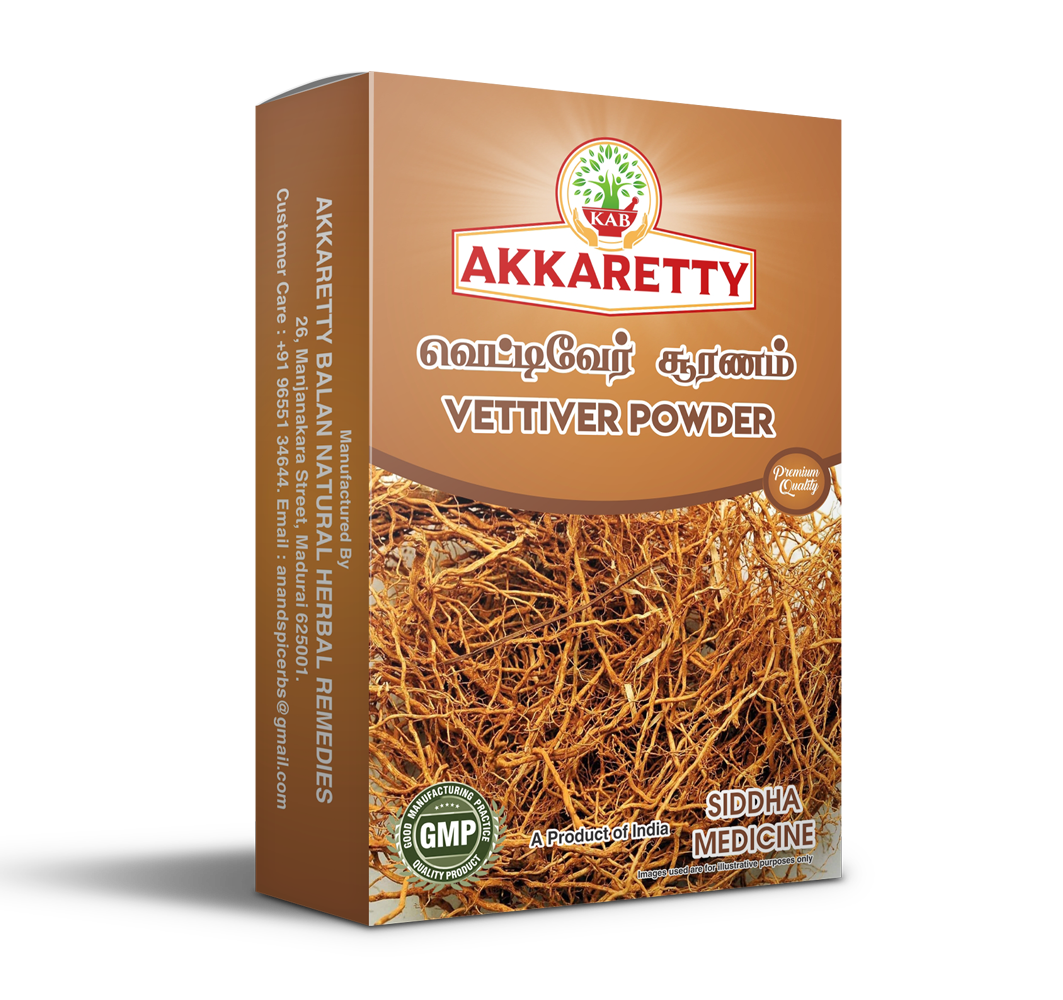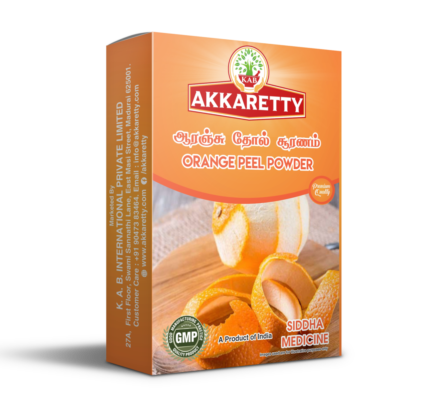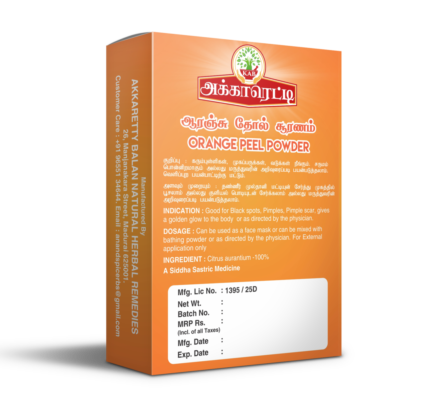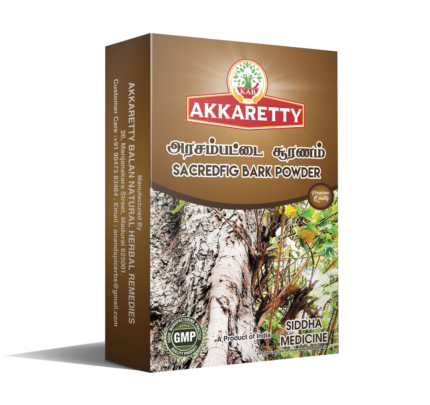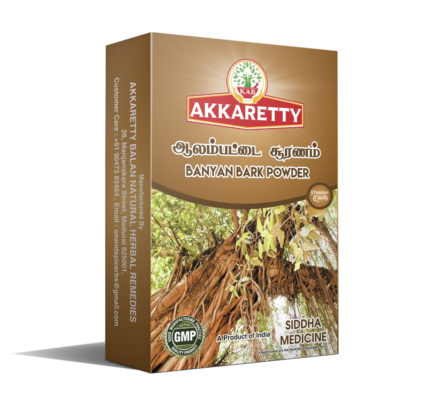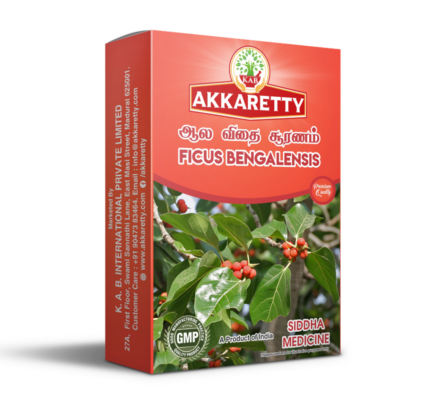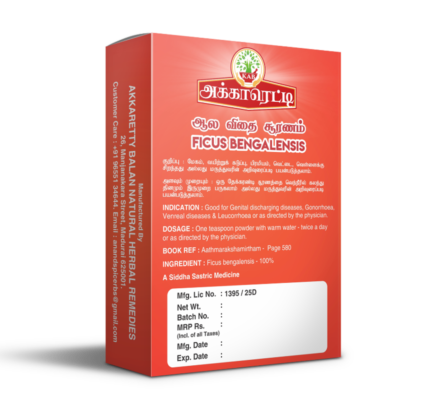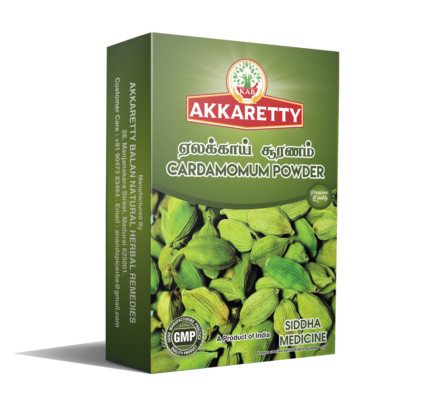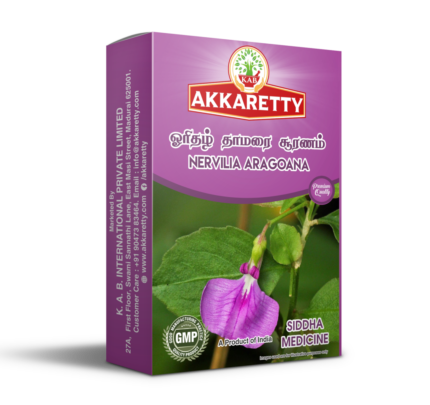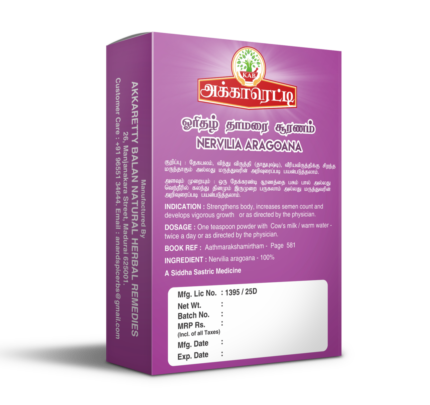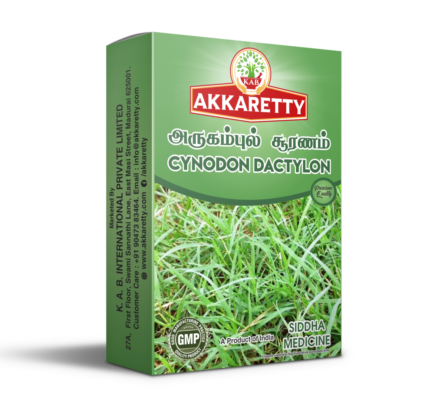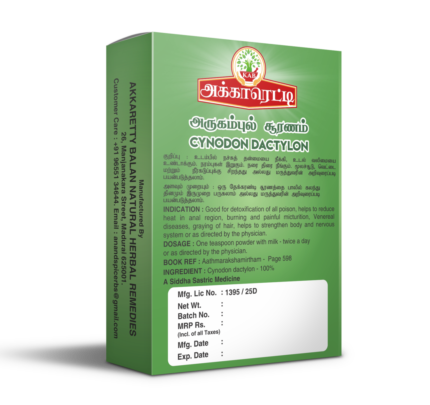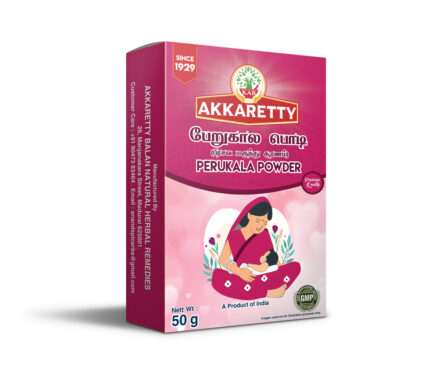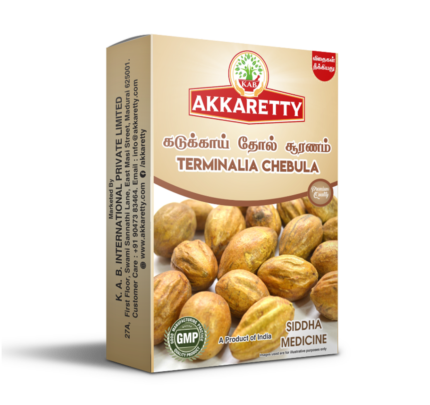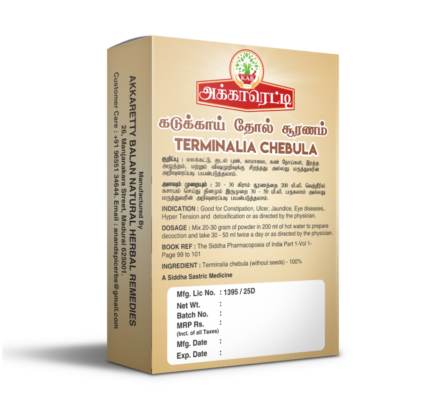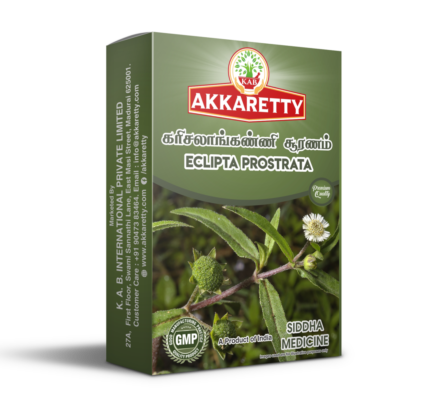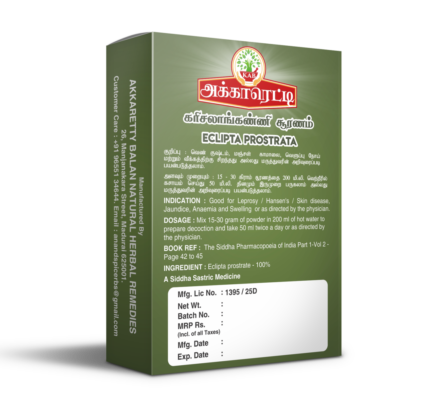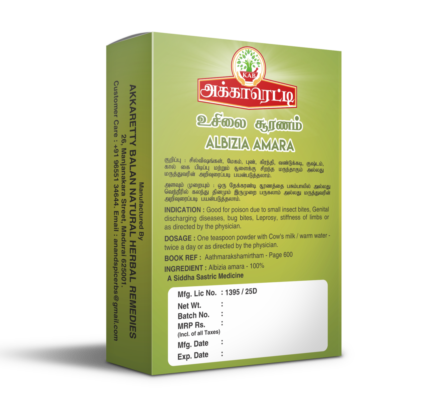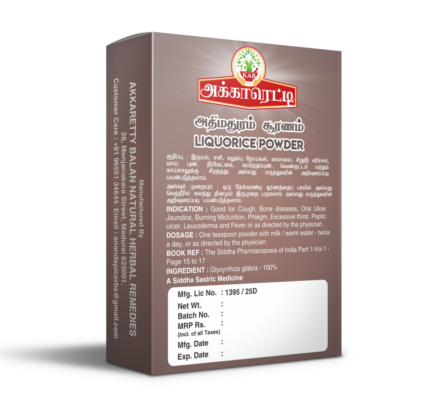Description
Khas is a perennial bunchgrass, and grows to 1.5 m tall and form clumps as wide. The stems are tall and the leaves are long, thin, and rather rigid. The flowers are brownish-purple. Unlike most grasses, which form horizontally spreading, mat-like root systems, vetiver’s roots grow downward, 2 m to 4 m in depth. The vetiver bunch grass has a gregarious habit and grows in clusters. Shoots growing from the underground crown make the plant frost and wildfire resistant, and allow it to survive heavy grazing pressure. The leaves can become up to 3 m long and 8 mm wide. The panicles are 15 cm to 30 cm long and have whorled, 2.5-5 cm long branches. The spikelets are in pairs, and there are three stamens. The plant stems are erect and stiff. They can survive deep water flow. Under clear water, the plant can survive up to two months. The leaves of vetiver are a useful byproduct to feed cattle, goats, sheep and horses. Khus is also used as a flavoring agent, usually as khus syrup. In the Indian Subcontinent, khus (vetiver roots) is often used to replace the straw or wood shaving pads in evaporative coolers.
Medical Benefits:
Good for Micturition, Body Heat, Ulcer, Leprosy, skin diseases, Diabetes, Thirst due to deranged heat, Eye disease and decreased motility of sperm.
| Botanical Name | Common Name | Hindi | Malayalam |
|---|---|---|---|
| Chrysopogon zizanioides | Vetiver | खस / Khas | Ramachham |




